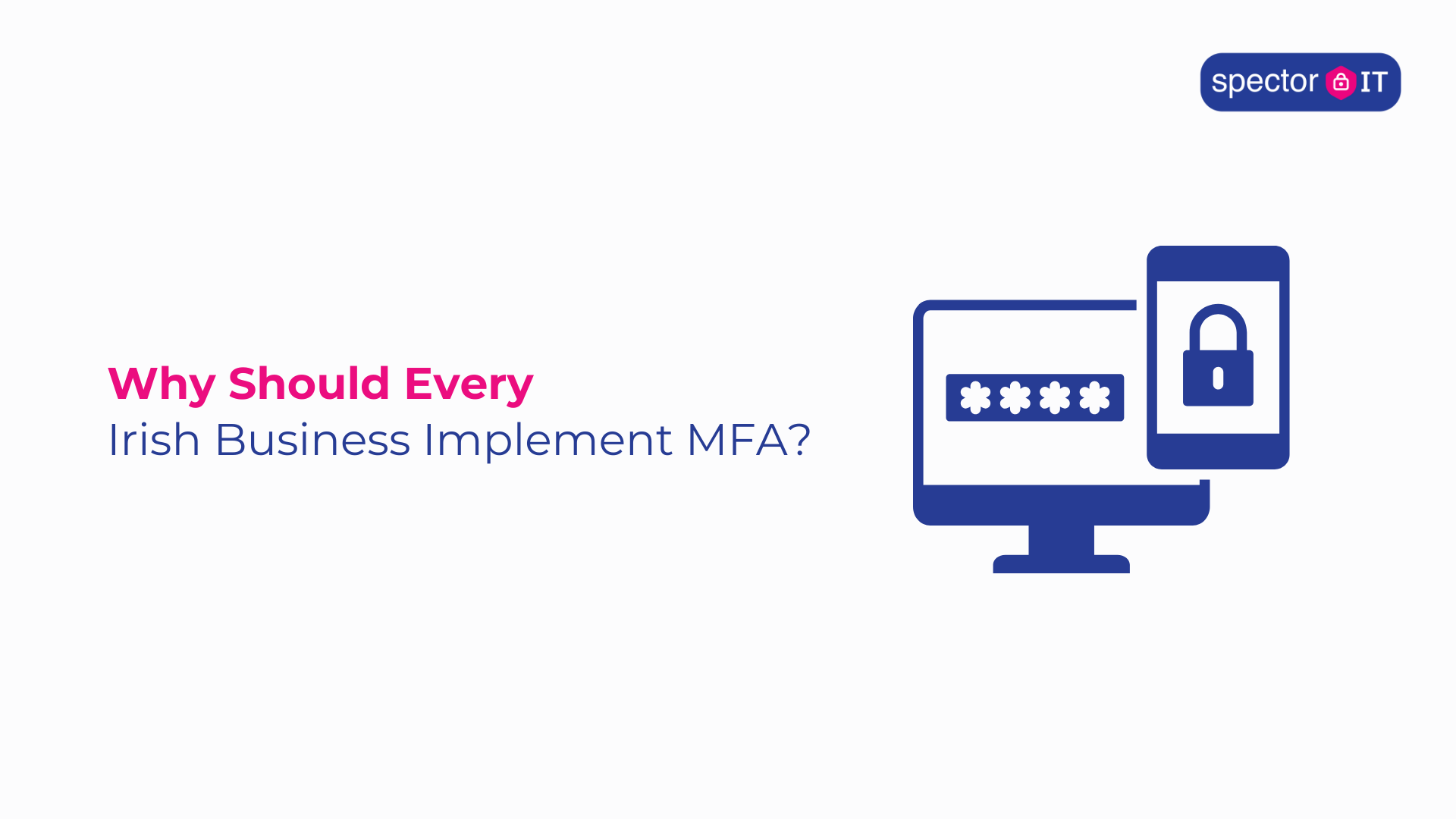
A Practical Guide to Cyber Liability Insurance in 2025
Cyberattacks aren’t just targeting big tech firms or governments. Small and medium-sized businesses in Ireland are now regular victims. According to PwC’s Irish Cyber Threat Landscape report, 60% of Irish SMEs experienced at least one cyber incident in 2024, with ransomware and phishing leading the charge. The reality? If your business stores customer data, processes payments online, uses cloud services, or simply uses email—you’re a target. This is why cyber liability insurance has shifted from a “nice-to-have” to a “must-have” in modern business risk management.
Why Cyber Liability Insurance is no Longer Optional
1.What is Cyber Liability Insurance?
Put simply, cyber liability insurance covers financial losses caused by cyber events—like data breaches, ransomware, and system outages.
While general business insurance may cover physical risks (like fire or theft), it won’t touch digital ones. That’s where cyber insurance comes in. It fills the gaps left by traditional insurance policies.
Read – UK NCSC – Cyber Insurance Guidance for SMEs.
2.What Does Cyber Liability Insurance Typically Cover?
First-party coverage (your company’s costs)
-
Incident response and investigation: Paying digital forensics teams and breach consultants.
-
Downtime and business interruption: Revenue lost due to system outages.
-
Data restoration: Recovering or re-creating lost files or databases.
-
Crisis communications: PR help and customer notification costs.
-
Ransomware demands: Cover for paid ransoms (where legally permitted).
Third-party coverage (claims made against you)
-
Legal defence: If a client sues you after a breach.
-
Regulatory fines: Including GDPR-related penalties, where applicable.
-
Privacy liability: If data from customers, suppliers or staff is compromised.
Learn more about how our Backup and Disaster Recovery Protect SMEs.
3. Does My Business Need Cyber Insurance?
Ask yourself:
-
Do we store or process personal data (emails, phone numbers, addresses)?
-
Do we use cloud services, like Microsoft 365 or Google Workspace?
-
Could operations halt if our systems were down for a day?
-
Do we work with third-party vendors who have access to our systems?
If the answer is “yes” to any of these—you need cyber liability insurance.
In fact, industries like healthcare, financial services, retail, legal, and SaaS are often required to hold cyber insurance under contract.
Read our post on Cyber Liability Insurance for Financial Services
4.What to Look for in a Cyber Liability Policy
When evaluating policies, prioritise:
Feature – MFA
-
Why It Matters – Ensures you get paid for revenue lost during downtime.
Feature – Ransomware negotiation support
-
Why It Matters – Experienced handlers help you navigate pressure.
Feature – Incident response team
-
Why It Matters – Immediate access to experts when every minute counts.
Feature – Third-party liability
-
Why It Matters – Covers legal costs if partners or clients are affected.
Feature – Breach notification services
-
Why It Matters – Covers emails, phone calls and communications to affected parties.
5. Leading Providers of Cyber Liability Insurance in Ireland
Some respected carriers with robust policies for SMEs include:
-
Hiscox
-
Chubb
-
Travelers
-
AXA XL
-
AIG Ireland
Each has slight variations in what they cover, so we always recommend working with a specialist IT partner or broker.
6. What Insurers Expect From You
Here’s what most cyber insurers will want to see:
-
MFA across email and remote access
-
Regular data backups
-
Staff security awareness training
-
Incident response and recovery plan
-
Up-to-date software and patch management
If you can’t show this, your cover may be invalid—or your claim may be denied.
7. Common Pitfalls to Avoid When Buying Cyber Insurance
Pitfall – Assuming general business insurance includes cyber
- Fix – Check your existing policy—most don’t
Pitfall – Not reading exclusion clauses
- Fix – Look for fine print on unsupported software or negligence.
Pitfall – Not aligning cover to real risks
- Fix – If your risk is ransomware, prioritise ransomware & recovery.
Pitfall – Buying too little
- Fix – Cover should at least match 6 months’ revenue and breach response cost.
8. Is Cyber Insurance Enough? Not Quite.
Insurance is your safety net, not your parachute.
To avoid using that policy at all, you still need:
-
Regular vulnerability assessments
-
A business continuity plan
-
Strong backup and recovery tools
-
Internal policies and security training
Cyber liability insurance is part of your broader risk management strategy—not a substitute for it.
Take the Next Step Towards Protecting Your Business
At Spector IT, we help businesses design and implement cyber-resilient IT systems—and work with insurance providers to make sure you’re fully covered, not just partially protected. Book a 30-minute call and we’ll help assess your current cover, cyber posture, and give advice on how to lower premiums without compromising security.
Post updated on – 06/05/2025

